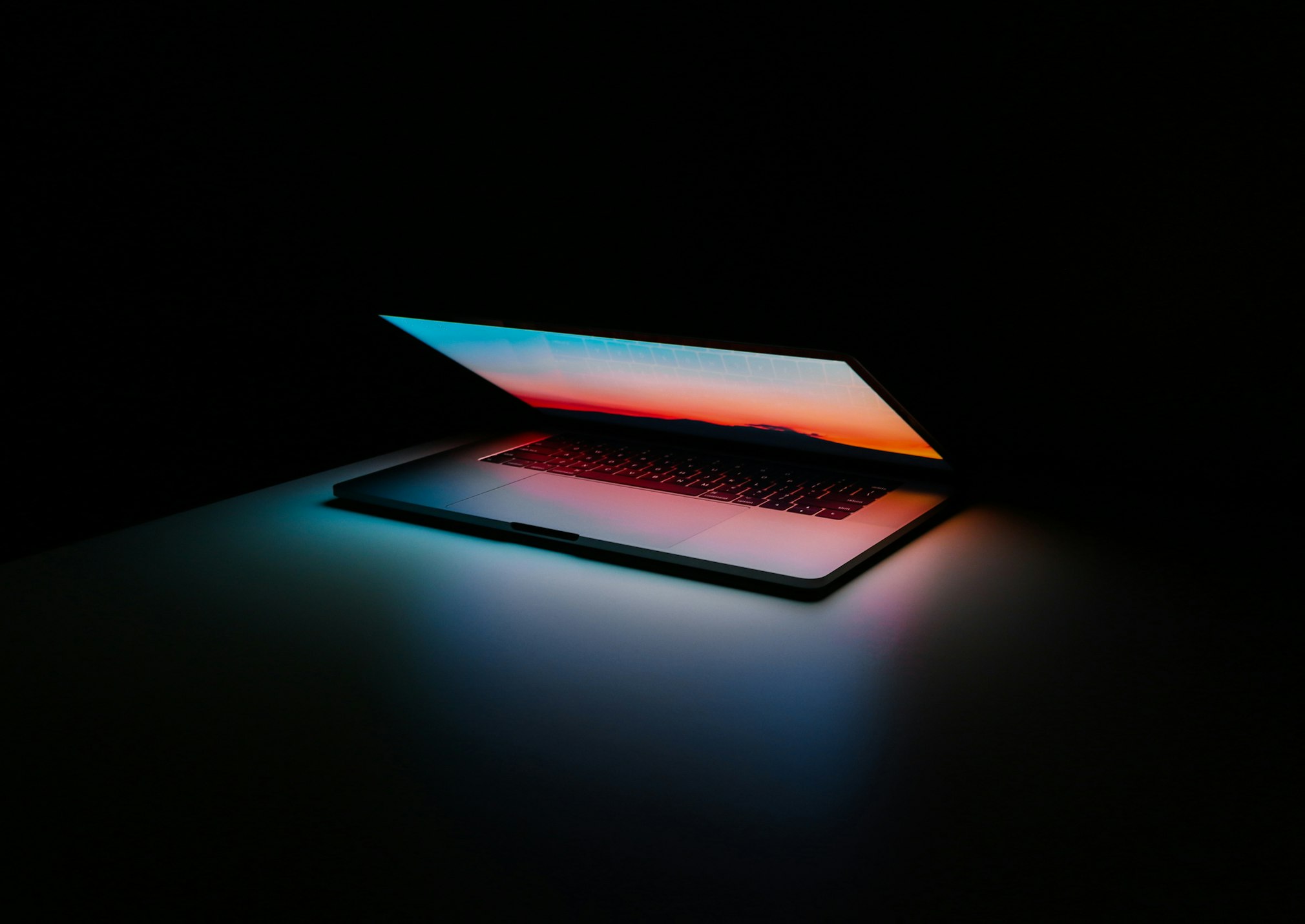· Jorge Lamas · Device Repair · 5 min read
iPhone Water Damage: What to Do in the First 5 Minutes
Quick action can save your water-damaged iPhone. Learn the critical steps to take immediately after your device gets wet, from someone who repairs phones daily.

Your iPhone just took an unexpected swim—whether it’s in the toilet, a pool, or your coffee cup. The next 5 minutes are critical in determining whether your device survives or becomes an expensive paperweight.
As someone who repairs water-damaged devices daily in North Jersey, I’ve seen phones that were completely submerged come back to life, and others that barely got damp become permanent casualties. The difference? How quickly and correctly the owner responded.
The Golden Rule: Speed Matters More Than Panic
First, take a deep breath. Yes, your phone is expensive, but panicking leads to mistakes that make recovery impossible. I’ve seen people make their water damage 10 times worse by doing the wrong thing in those crucial first moments.
Step 1: Power Down Immediately (0-30 seconds)
If your phone is still on, turn it off RIGHT NOW. Don’t check if it’s working, don’t try to save your photos, don’t even think about anything else. Just power it down.
Why this matters: Water and electricity don’t mix. Every second your phone stays on while wet increases the chance of permanent circuit damage. I’ve repaired phones that would have been fine if they’d been turned off immediately, but instead suffered motherboard damage because the owner “just wanted to see if it still worked.”
If the screen is unresponsive: Try the force restart sequence (hold power + volume down for 10 seconds on newer iPhones), but don’t spend more than 30 seconds on this.
Step 2: Get It Out and Strip It Down (30 seconds - 2 minutes)
Remove your phone from the water source and immediately:
- Remove the case - Water can get trapped inside cases
- Remove SIM card - Pop out the SIM tray if you can do it quickly
- Remove any accessories - Lightning cables, wireless chargers, etc.
Important: Don’t try to open your iPhone or remove the battery yourself. iPhones are designed with non-removable batteries and attempting to open the device will void your warranty and likely cause additional damage.
Step 3: Initial Drying (2-5 minutes)
DO:
- Gently shake the phone to remove water from ports
- Pat dry with a clean, lint-free cloth
- Hold the phone with Lightning port facing down to let gravity help
- Use a can of compressed air to blow water out of ports (if available)
DON’T:
- Use a hair dryer or heat source
- Put it in rice (I’ll explain why this doesn’t work later)
- Press any buttons unnecessarily
- Shake it violently
What NOT to Do (These Make It Worse)
Having repaired hundreds of water-damaged phones, these are the mistakes that turn a recoverable situation into a total loss:
Never Use Heat
Hair dryers, ovens, radiators, or leaving it in a hot car can:
- Cause condensation to form inside the device
- Warp internal components
- Damage the screen and camera lenses
Don’t Try the Rice Trick
This old myth needs to die. Rice doesn’t actively pull moisture from electronics, and the small particles can actually get stuck in your ports. I’ve had to clean rice out of charging ports before attempting repairs.
Don’t Turn It On “Just to Check”
This is the #1 mistake I see. Every time you power on a wet device, you risk permanent damage. Resist the urge for at least 48 hours.
The First Hour After Water Damage
Once you’ve completed the 5-minute emergency response:
- Place in a dry environment with good airflow
- Position strategically - Lightning port down, speaker holes down
- Change positions every few hours to help water migrate out
- Be patient - Real drying takes 24-48 hours minimum
When to Seek Professional Help
Call a repair professional immediately if:
- The phone was in salt water (extremely corrosive)
- It was submerged for more than 30 seconds
- You see water behind the camera lens
- It was turned on while wet before you could stop it
- You’re not comfortable following these steps
Professional Water Damage Treatment
At my repair shop, water damage treatment involves:
- Complete disassembly within hours of damage
- Ultrasonic cleaning of all components
- Corrosion removal from circuit boards
- Thorough drying in controlled environment
- Component testing before reassembly
This process has about a 75% success rate when performed within 24 hours of damage. Wait longer, and the chances drop significantly.
Prevention is Better Than Cure
Waterproof cases are worth every penny if you’re around water frequently. Modern iPhones have some water resistance, but they’re not waterproof, and that resistance decreases over time as seals age.
AppleCare+ with theft and loss covers water damage, but you’ll pay a deductible and lose all your data if you haven’t been backing up.
The Reality Check
Even with perfect first aid, water damage recovery isn’t guaranteed. Factors beyond your control include:
- Type of liquid (fresh water vs. salt water vs. sugary drinks)
- Temperature of the liquid
- How long it was submerged
- Age and condition of your device
But following these steps gives your phone the best possible chance of survival.
North Jersey Device Repair
If your iPhone has suffered water damage, time is critical. AJL Tech NJ offers emergency water damage treatment with a high success rate when devices are brought in quickly.
Don’t wait—every hour counts when it comes to water damage recovery.
Need immediate help with a water-damaged device? Contact AJL Tech NJ for emergency water damage treatment. We’re equipped with professional ultrasonic cleaning equipment and offer the best chance of data recovery.



